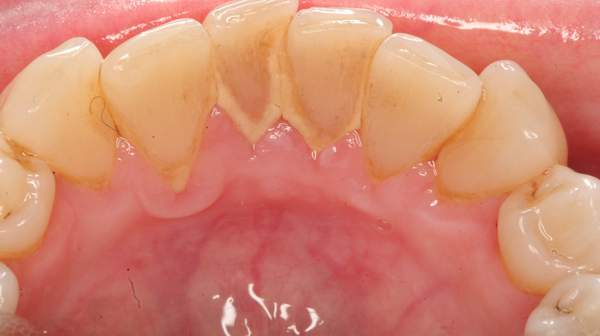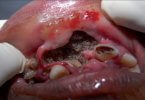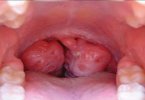What's in this article?
What is Tartar?
Even if you take great care of your teeth at home, you still have bacteria in your mouth. They mix with proteins and food byproducts to form a sticky film called dental plaque. This gunk coats your teeth, gets under your gum line, and sticks to fillings or other dental work. Plaque carries bacteria that can damage tooth enamel and lead to cavities. But if you remove plaque regularly, you can prevent permanent tooth decay and gum disease.
Bigger problems arise, however, if plaque stays on your teeth and hardens into tartar.
Tartar, also called calculus, forms below and above the gum line. It is rough and porous and can lead to receding gums and gum disease. It must be removed with special tools in the dentist’s office.
How do I Know if I Have Tartar Buildup?
Unlike plaque, which is a colorless film of bacteria, tartar is a mineral buildup that’s fairly easy to see if above the gumline. The most common sign of tartar is a yellow or brown color to teeth or gums. The only way for sure to detect tartar and to remove it is to see your dentist.
Signs & Symptoms of Tartar
Everyone develops plaque because bacteria are constantly growing in our mouths, which is not necessarily easy to see. Plaque that is not removed from around the gum line can cause inflammation and irritation to the gums around your teeth, leading to gingivitis (red, swollen, bleeding gums). If gingivitis is not treated, it can progress to periodontal disease and, possibly, tooth loss.
Unlike plaque, tartar is a mineral buildup that’s fairly easy to see, if above the gum line. The most common sign of tartar is a yellow or brown deposit between the lower front teeth or at the gum line. The only way to remove tartar completely is to see your dentist or dental hygienist for a professional cleaning.
Help prevent Tartar build-up
Since you already know what tartar is, it is time for some information about tartar removal. While tartar can only be removed by a dental professional, you can avoid tartar build-up by removing plaque. To help prevent plaque, be sure to brush your teeth at least twice daily, preferably with a tartar-control fluoride toothpaste, and floss daily. And visit your dental office regularly for oral exams and cleanings.
How do I remove tartar from teeth?
While plaque can be removed by thorough brushing and flossing at home, dental calculus can only be removed by a professional in the dental office. Your dentist or hygienist will use sharp instruments to scrape (scale) the tartar above and below the gumline and smooth the tooth’s surface which helps prevent plaque from adhering and more tartar from forming.






Leave a Comment